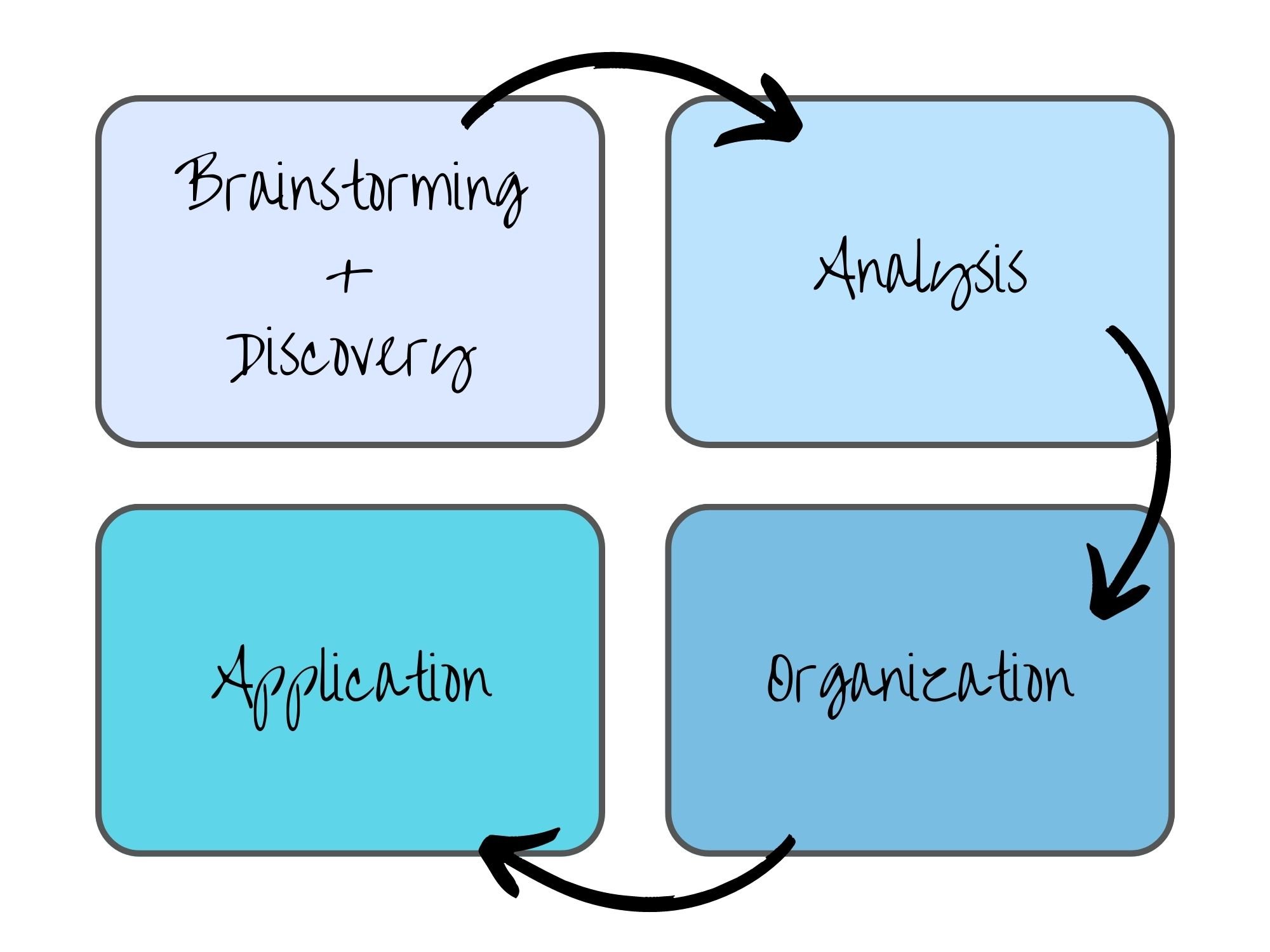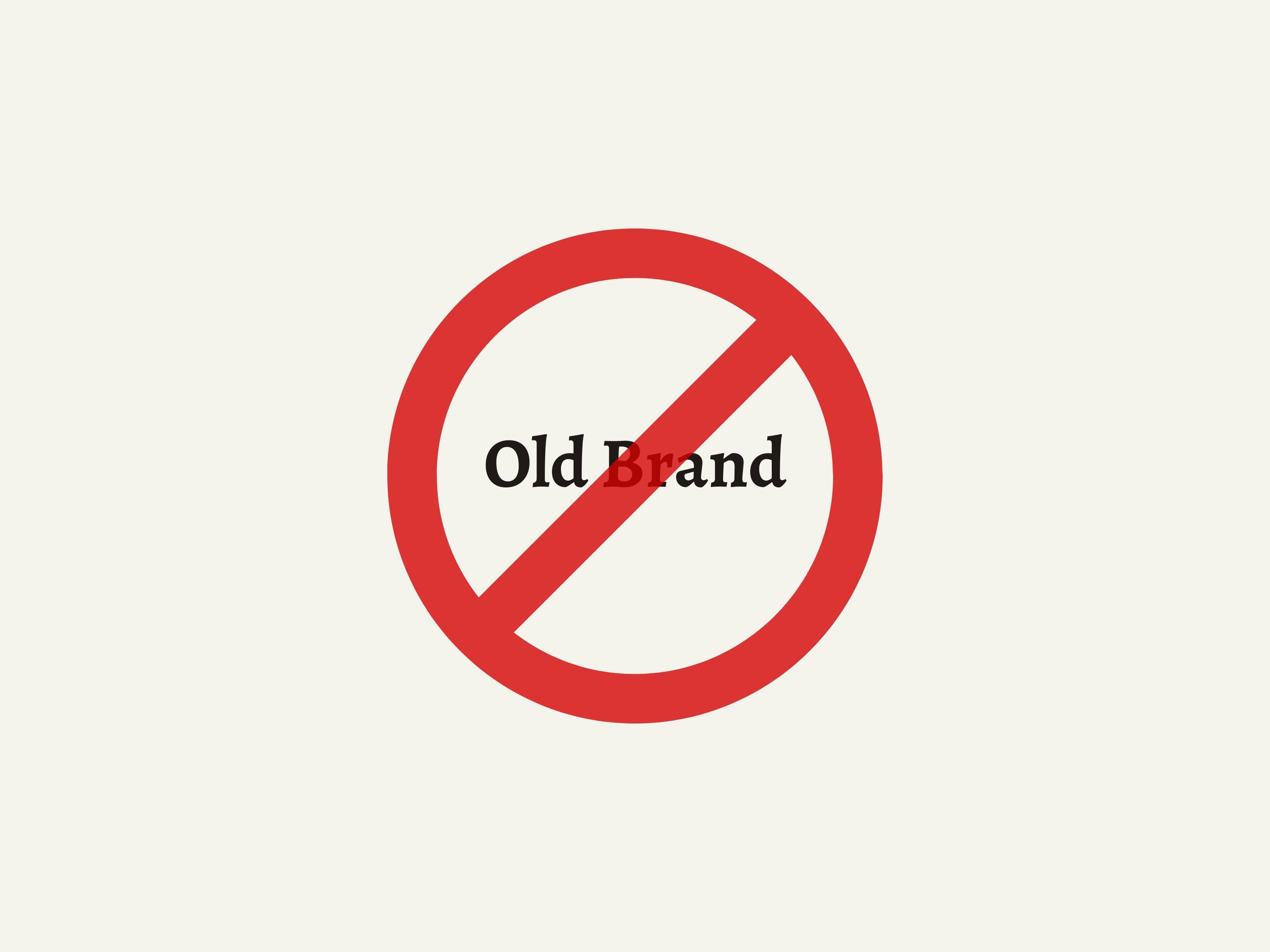SEO for Creatives (how to optimize your brand for growth)
I’m a musician who does art and makes short subpar film projects while traveling. I also run this blog, work in content strategy and have a passion for artrepreneurship.
So this is my guide on SEO for creatives.
These are the things I’m doing to grow my own brand.
Let’s get to it!
Table of Contents Show
How to Grow Your Creative Brand With SEO (5 Ws + 1 H)
Understanding SEO is an awesome skill and unlocks tons of traffic and brand growth opportunities.
So I’ll be covering everything you need to know to get started – the what, who, why, where, when and how of SEO for creatives.
What Is SEO?
SEO (search engine optimization) is how search engines like Google, Pinterest or Etsy find you and decide how to rank your stuff.
It means optimizing your content, website and assets for a mobile experience, your audience and specific keywords relevant to your brand and niche.
Keyword research is the main element of SEO I focus on in this post (i.e., there are more parts to SEO).
But using the right keywords means you’ll show up at the perfect time – when people are searching for you (well, searching for your keywords).
SEO is everywhere. From Instagram and TikTok to YouTube and beyond.
And it all starts with finding the right key phrases (and then using them in the right places).
I talk more about keyword research throughout this post, but you can also check out my other article on keyword brainstorming for a full walkthrough on “my process”.
Otherwise, let’s keep moving.
Who Is This For?
SEO is for anyone looking to grow online or expand their reach and impact.
But this post is for creatives who want to grow their brand and optimize their content with keywords.
So creative SEO is for:
Creative bloggers
Rank your articles higher in the search results
Artists
Get your art in front of more eyeballs
Musicians
Find more listeners and brand opportunities
DIY crafters
Sell more products
Authors and writers
Reach more readers and sharpen your digital content skills
Anyone who identifies as a creative
Learn another skill to help grow your brand online
Chances are, if you’re here reading this, creative SEO is for you.
So let’s look at some of my favorite benefits of implementing an SEO strategy for your brand.
Why Should I? (the benefits)
Learning SEO has a ton of benefits. It’s a modern creative skill.
So if you’re needing a little more inspiration before diving deeper, here it is.
The benefits of SEO for creatives include (drumroll please):
Free, organic traffic
Ongoing results (SEO works in the background long-term)
Better brand visibility and awareness
Get found more easily and open yourself up to new opportunities
Look more professional
Researching for SEO gives you deeper insights into your audience and niche
Stand out and boost your competitiveness in your niche or genre
It’s free
Where to Use SEO for Your Creative Brand
So, where should you focus your SEO energy?
Usually, websites and blogs are the first places that come to mind with SEO. But there are many more places and many more ways to optimize.
Especially as social media platforms are starting to prioritize more keyword use and search-based functionality (aka, social SEO).
So here are the main places I’m paying attention to as a creative doing SEO:
SEO for Instagram (+ Threads)
Add relevant keywords to your bio
Use keywords in your IG image alt text
Use keywords in your post descriptions
Find keywords using the search bar and look for trending topics in your niche
Use keywords and tag trends to guide your content strategy (i.e., give the people what they want)
Learn more about Instagram SEO here
SEO for X (formerly known as Twitter)
Be a consumer and follow trends and topics in your niche
Focus on genuine engagement and adding value to the comments sections
Connect with people in DMs and Spaces (the audio part of X)
Don’t worry about hashtags
Show up and be consistent
Focus on storytelling and copywriting (for example, use emotional hooks and make your posts easy to read)
Speak from experience and use your personality and personal takes (don’t repeat the same cliches)
SEO for TikTok
Look at what’s trending and use relevant tags
Do your keyword research inside TikTok (not Google)
You can type ideas into the search bar or use their Keywords Insights tool
Use emotional hooks to capture attention quick (and keep it)
Use video captions, respond to comments quick and interact with other creators
SEO for your Etsy store
Use the search bar to start your initial keyword research
Open listings and analyze the keywords used in their titles and descriptions (*for inspiration)
Scroll down to the bottom of listings to find more keywords in the “Explore more related searches”
Use an Etsy-specific keyword research tool like erank
Use up the full 140 character limit for your listing titles (with your keywords)
Use up all 13 tags with more related keywords in your listings
Learn more about Etsy SEO here
SEO for specific music or art projects
Use keywords in your project descriptions and titles
For example, the keyword “do more of what you love” could be the title of a song or an art project
Create a project inspired by a keyword and then make content for that keyword (promoting your music or art within the content). For example:
Blog: How to Do More of What You Love (x tips from a musician)
Video: Do More of What You Love (my journey to ___)
SEO for product descriptions
Use keywords in your descriptions and product listing titles
Optimize your website’s store page with relevant keywords and main headers
You can learn more about SEO for ecommerce here
SEO for YouTube
Use the main search bar to find keyword ideas
Add your keywords in your main titles and descriptions
Leverage YouTube Shorts to boost exposure and awareness
Prioritize your thumbnails and make them stand out and click-worthy
Use a free tool like Ahrefs’ Keyword Generator for YouTube to brainstorm ideas and check search volume
SEO for your artist website or portfolio
Use your core brand keywords in your website’s H1 and H2 titles (+ relevant URLs)
When in doubt, keep things minimal
Prioritize your mobile experience
Add other related brand keywords within your website pages and copy
SEO for your blog
Create amazing posts using your keywords
Put your keyword in the main title (towards the front) and within the first ~100 words
Add your keyword to your blog post URL slug and meta descriptions
Optimize your images for SEO by adding alt text and compressing their size
Stay consistent and patient and stick to a regularly publishing schedule
Check the search volume and competition of your keywords (again, I use Ahrefs free Keyword Generator tool here)
Recommended: Social Blogging 101 (how I do it)
When Will I See SEO Results?
As you may know, SEO takes time.
And when you see results depends on a lot of factors, such as:
The platform you’re optimizing for (i.e., Etsy vs. Google vs. social media)
Your content quality
How well you’re content is optimized
The competition for your keyword(s)
Your website domain authority
So there’s no way to say exactly how long it will take for you.
But if we consider Google alone, it can take 3-6 months on average – although, it can also take up to 12+ months.
Some websites see results quicker, while for others it’s slower. For me and my blog’s journey, I started seeing more exciting results around months 4-5.
With the right research and strategy, you can definitely set yourself up for the best case scenario.
So the main takeaway is this: stay patient, stay consistent.
SEO takes time.
Hot Tip: Always optimize for mobile experience. Over 60% of people will be on their phones and it’s important for SEO. Learn more here.
How I Do SEO for My Creative Brand
SEO can get pretty advanced pretty quick. But I like to keep things simple.
I’m a minimalist at heart.
So my process has four main stages:
Recommended Read: How I Use An SEO Triangle for Ranking
Let’s unpack each stage.
Here’s how I do SEO for my creative brand.
Brainstorming + Discovery
Define your main niche (and any core sub-niches)
Do keyword research and find topics. Here are 6 places to look for inspiration:
Google
Community forums
Social media
AI (like ChatGPT)
SEO tools (you can use free tools like AnswerthePublic or Ahrefs)
Direct sources (such as cafe conversations or asking your audience directly)
Look for low-competition keywords (usually longer phrases and niche topics)
Analysis
Plug your keyword into Google (or whatever platform you’re optimizing for) and check the search intent – what type of content is being made?
Now check the competitiveness of that phrase – who’s currently ranking?
Can you cover the topic or content better and with your own unique angle?
If competition looks low and you know you can do better, that’s a good sign.
I check keyword search volume and competitiveness using Ahrefs free tool
Organization
Keep a document for all of your ideas and keywords
Map out your content — create outlines and scripts for how you will cover each keyword
You can use Google’s People also ask and Related searches sections for ideas on related keywords
Application
Create high-quality, awesome and engaging content from your keywords
Use your keywords in blogs, videos, product listings or in your creative project descriptions
Use your keywords in the right places
(e.g., in your main title and URL slug, within the first paragraph of blogs and in your meta descriptions)
Technical SEO goes a lot deeper than the tips above.
For example, website speed is another important SEO ranking factor.
(you can keep your site fast by compressing your images using a free online tool like tinypng)
But just remember, you don’t need to become an expert in marketing and making a few mistakes won’t ruin you.
Just focus on content quality and pulling a few key levers.
With intention, you’ll naturally get better as you grow and iterate.
Want More? Check Out These Sweet Reads!










